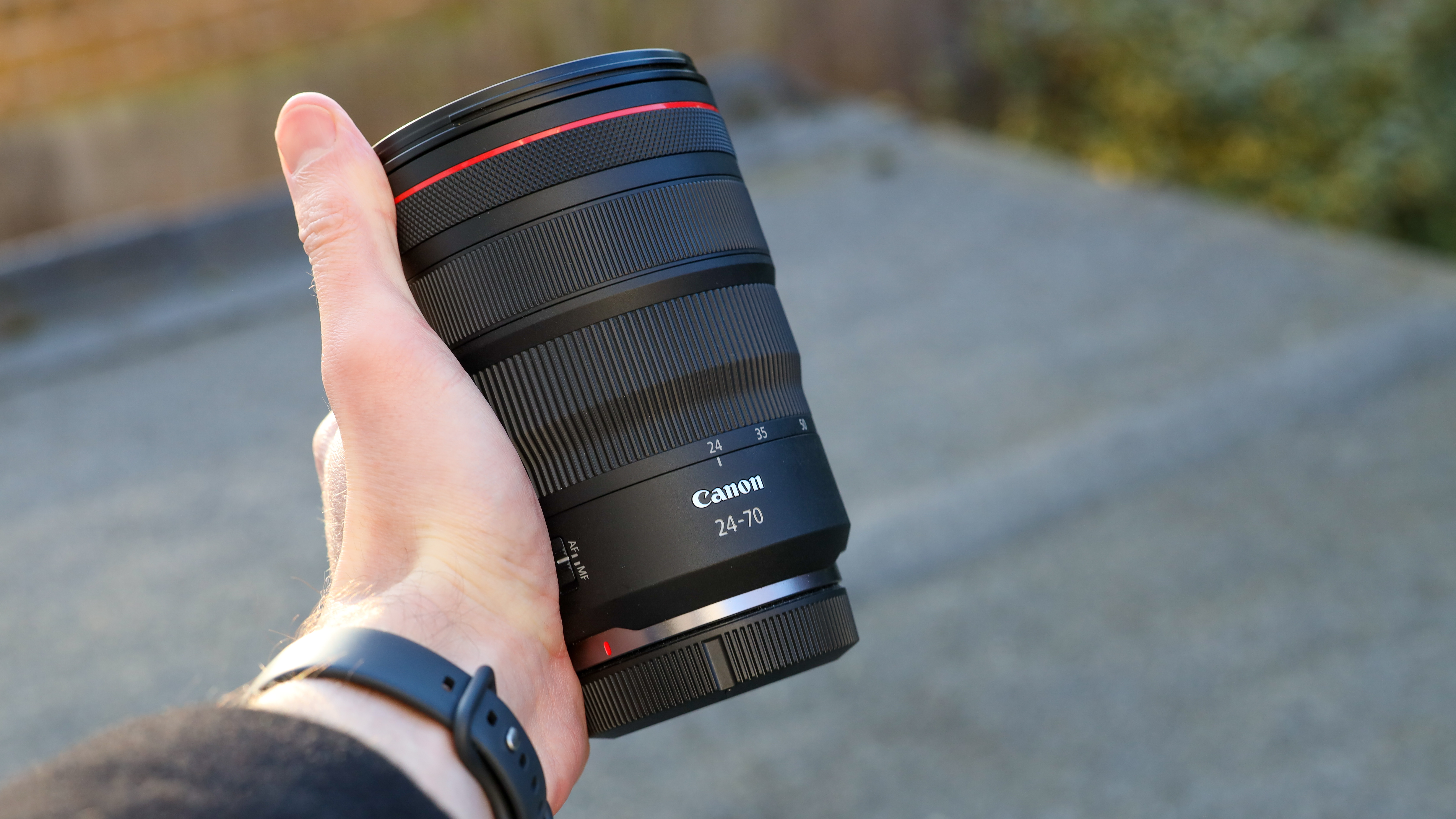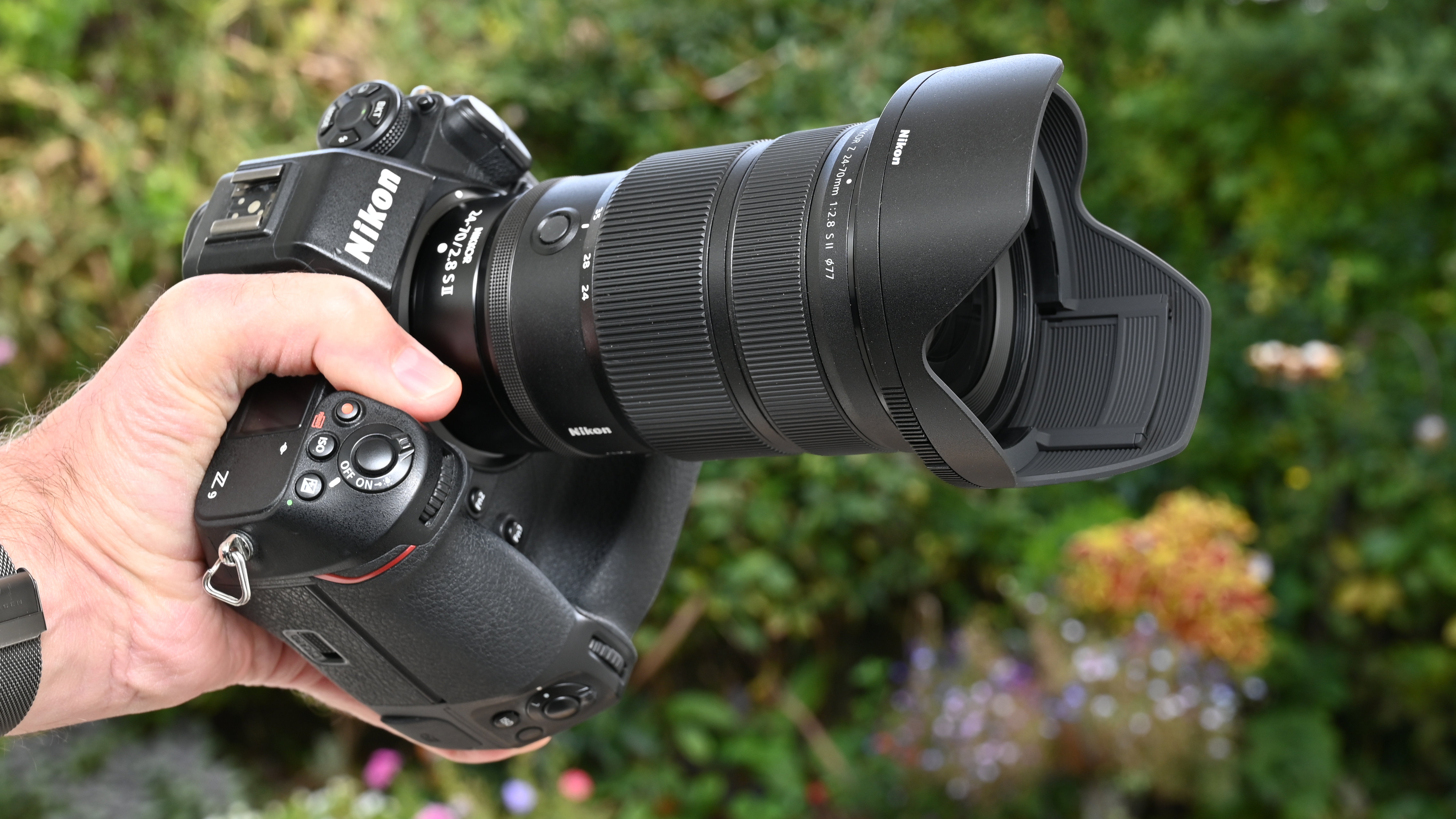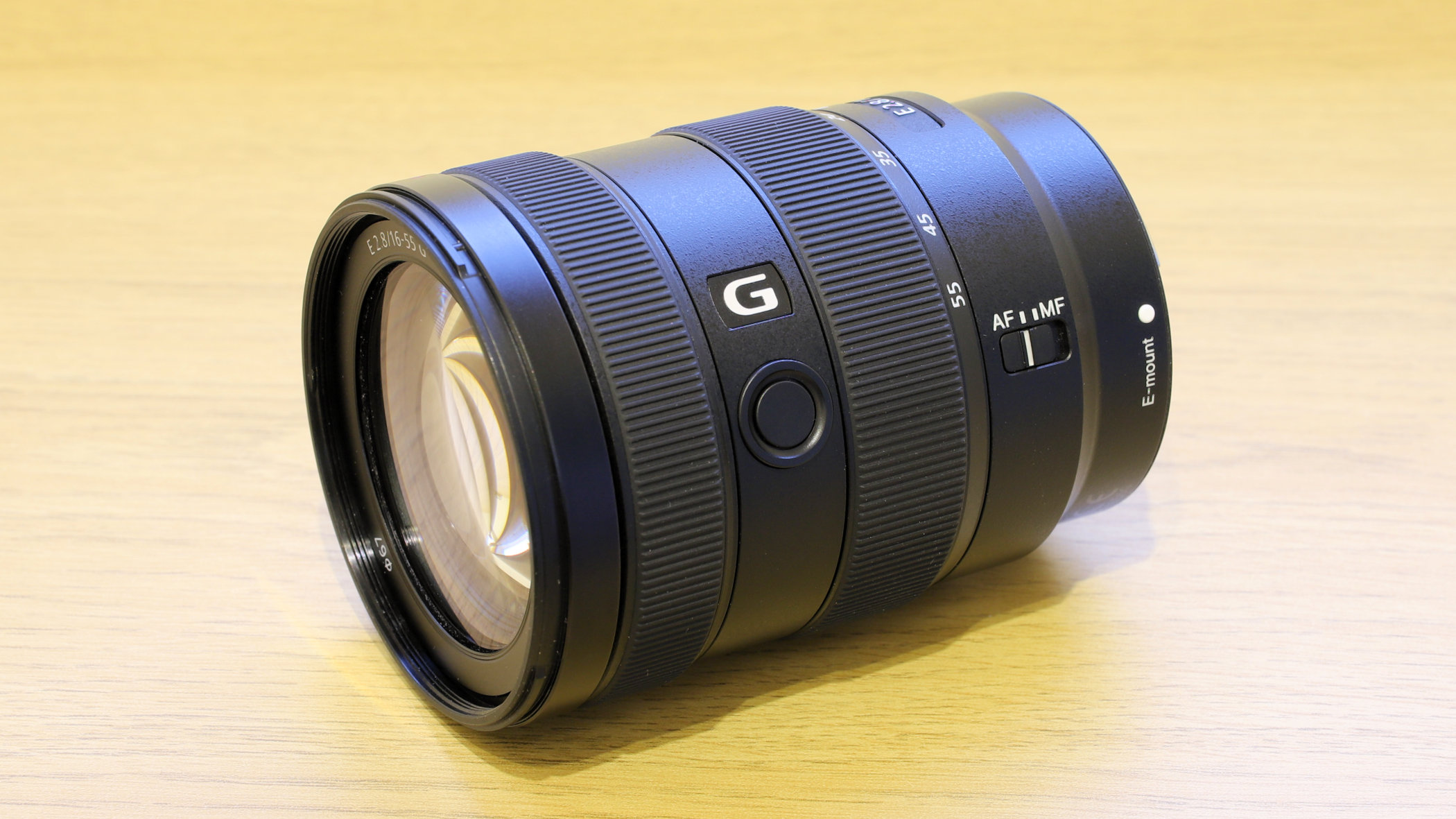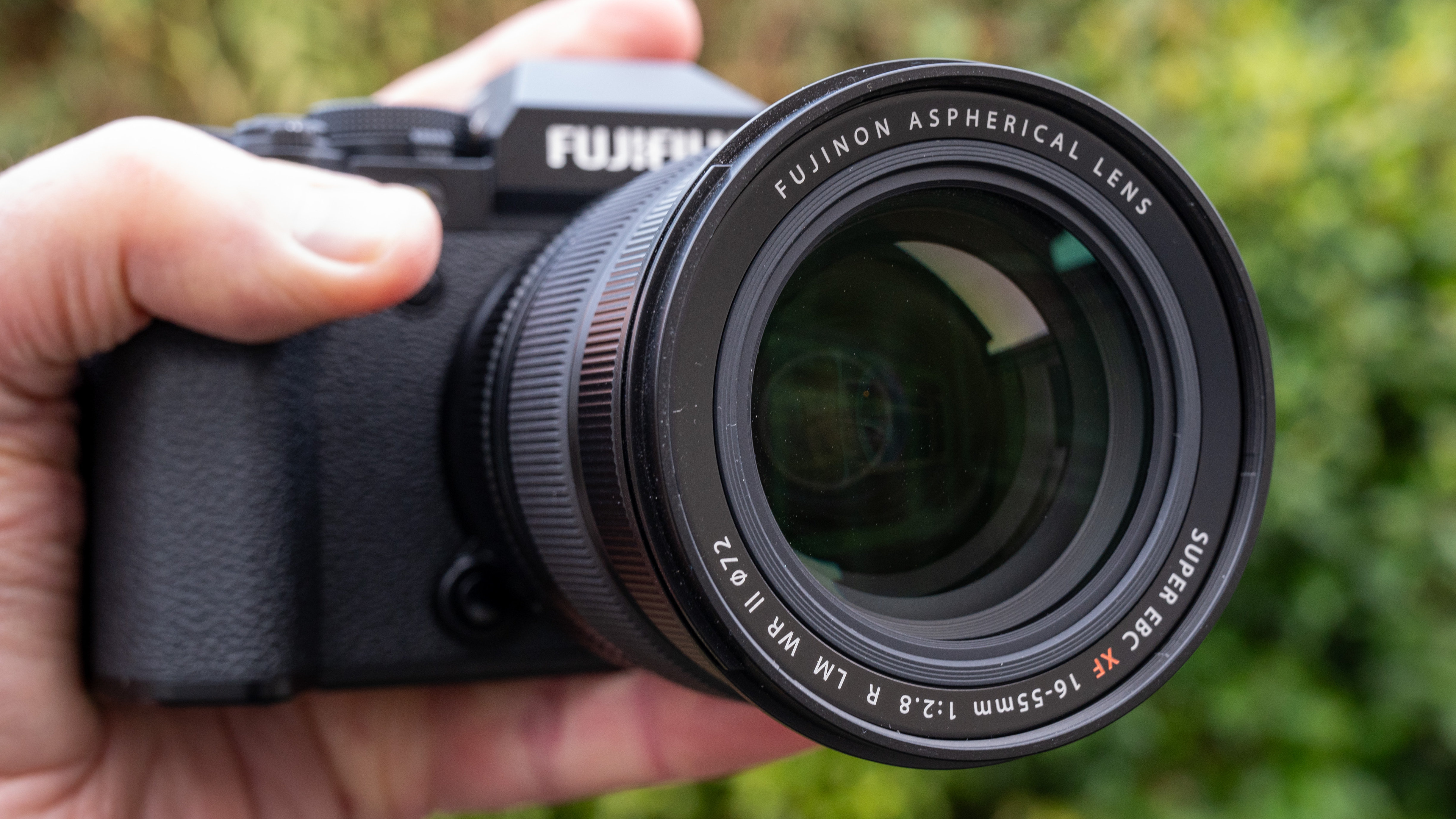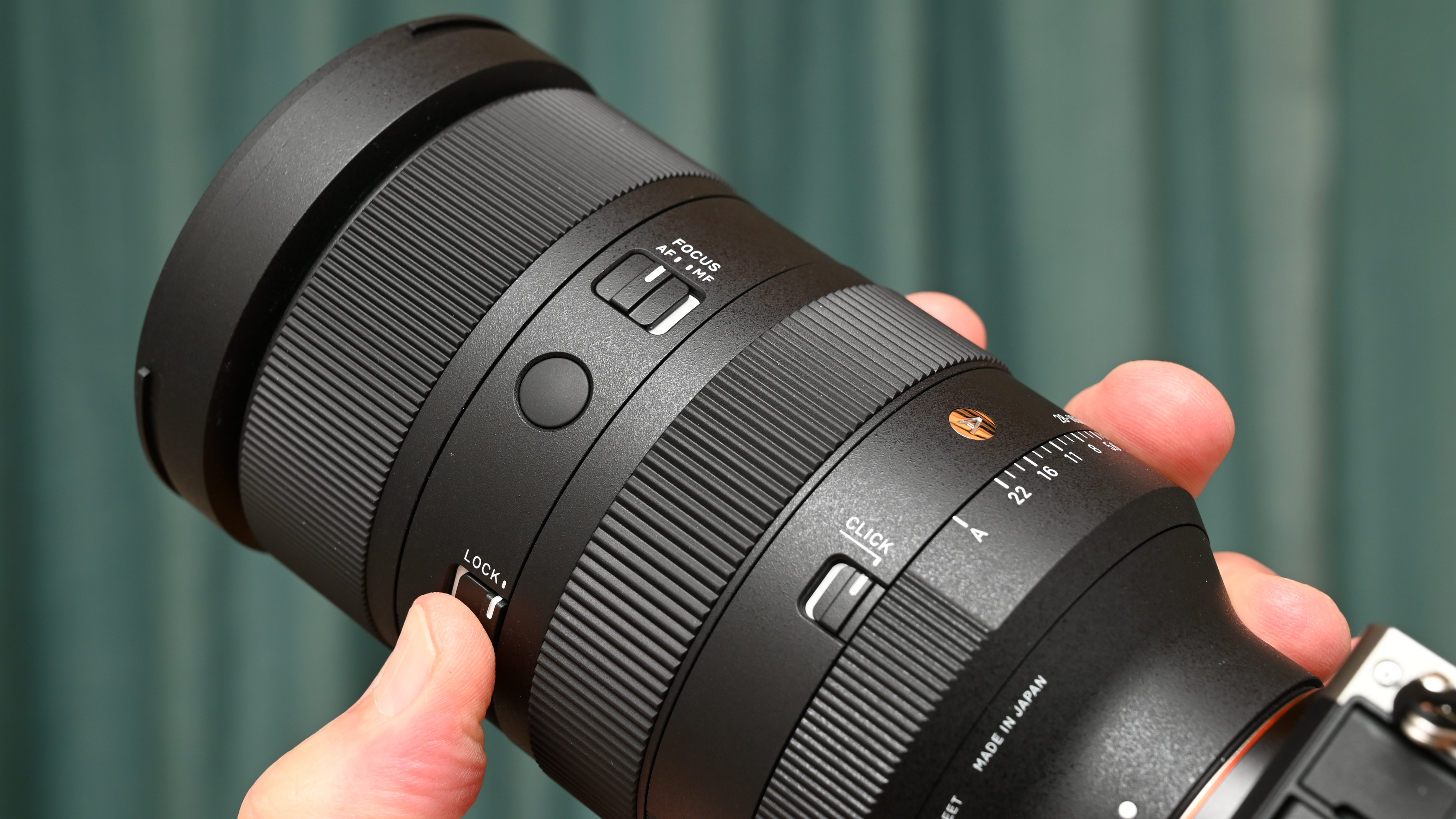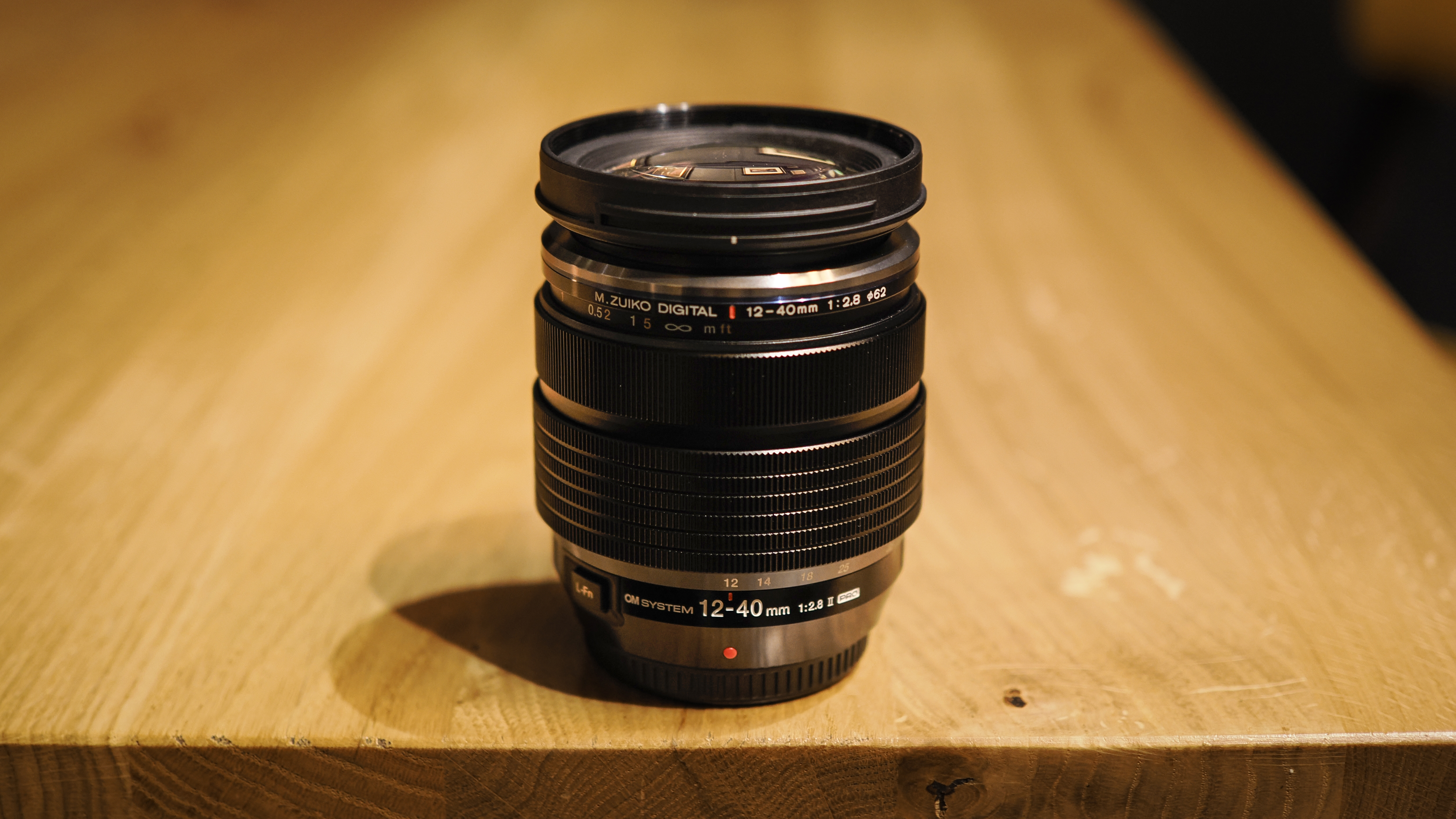The best standard zoom lenses in 2025: fast everyday zooms
Here's my pick of the very best standard zooms to replace your kit lens for Canon, Nikon, Sony, Fujifilm, L-mount, and MFT cameras
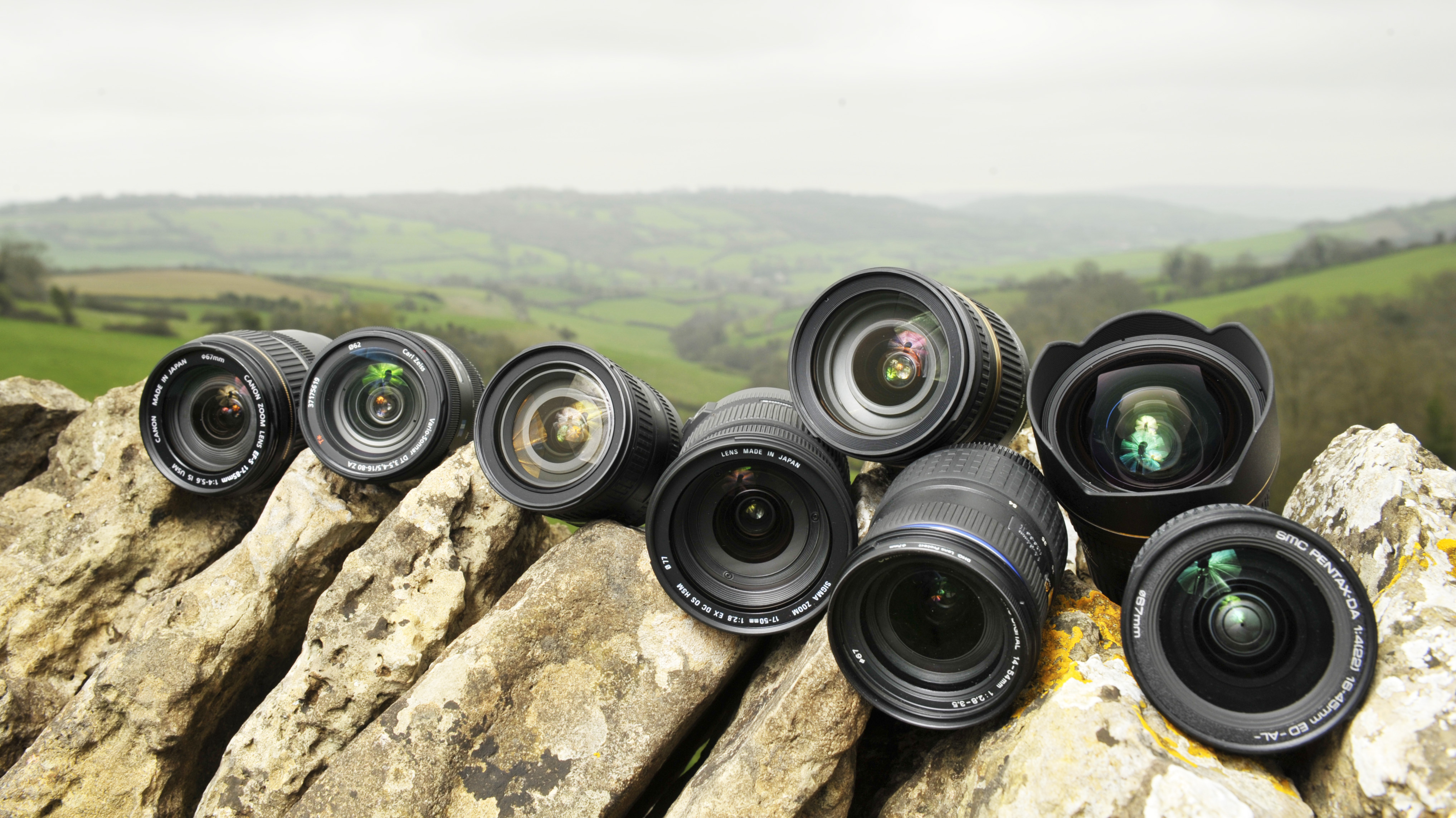
A standard zoom lens is one of the most versatile tools a photographer can carry. Many cameras come with a kit standard zoom lens in the box, and I've included some of the best of these in this guide. However, if you feel the need for speed, faster options are availble, with a constant f/2.8 or even f/2 aperture rating. You'll find plenty of examples below.
While there isn't an official ruling on what constitutes a standard zoom, it's generally agreed to cover any lens that roughly covers the range of around 24-70mm on a full-frame camera, or the equivalent focal length for cameras with a smaller sensor. However, some manufacturers have pushed this in both directions, producing lenses that extend a little wider, longer, or both.
I've picked out the best standard zooms for all the major mounts and systems, including both mirrorless and DSLR options, so let's dive right in – but if you're looking for something on either side, check out my guides to the best wide-angle lenses and the best telephoto lenses.

Matthew Richards is a photographer and journalist who has spent years using and reviewing all manner of photo gear. He is Digital Camera World's principal lens reviewer, and has personally tested the standard zooms on this list.
The Quick List

This pro-grade 'trinity' zoom hits all the right notes for users of full-frame RF cameras. Its build quality and optical performance come up trumps.

Sometimes smaller is better. This dinky little retractable RF-S zoom is definitely one for the road but it's not short on useful features.
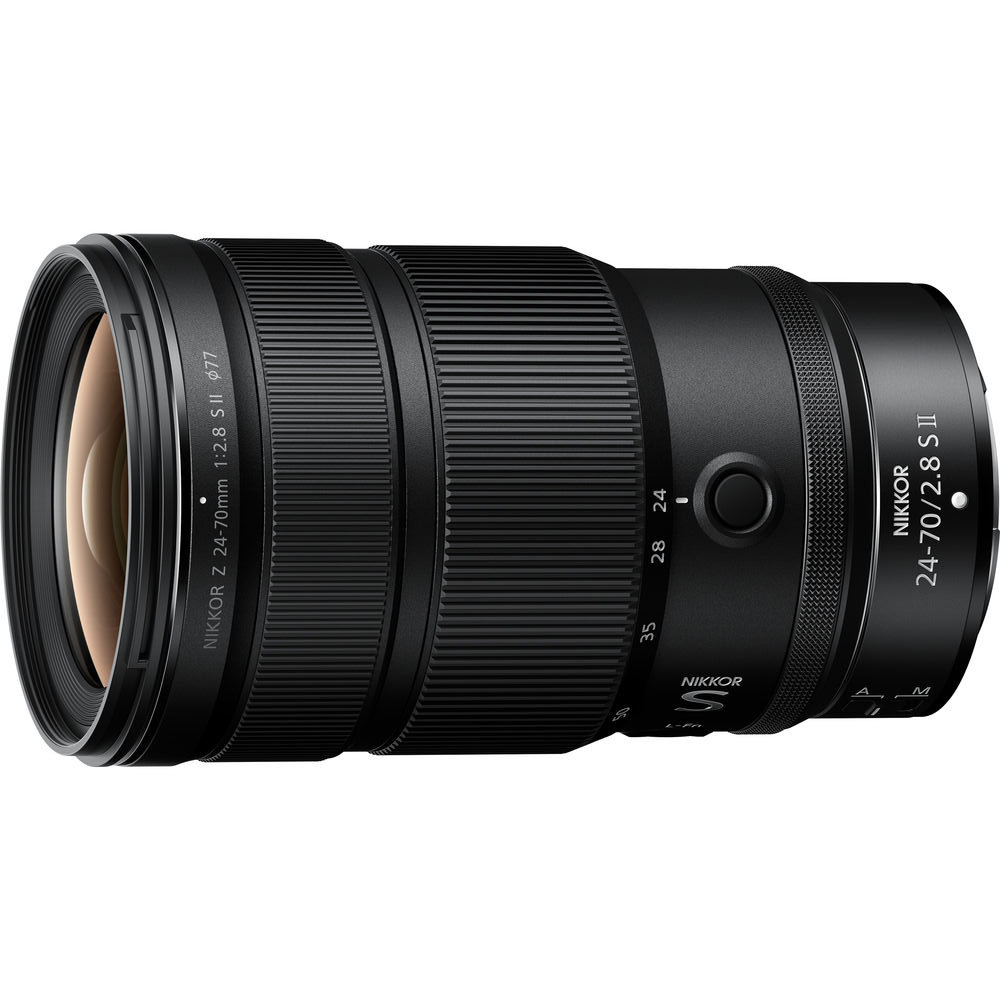
The original was pretty spectular but this second version of the lens takes everything up a notch and is a truly outstanding not-so-standard zoom.

I really rate this lens for Nikon Z DX, APS-C format cameras. It's unfeasibly compact and lightweight, with a convenient retractable design.
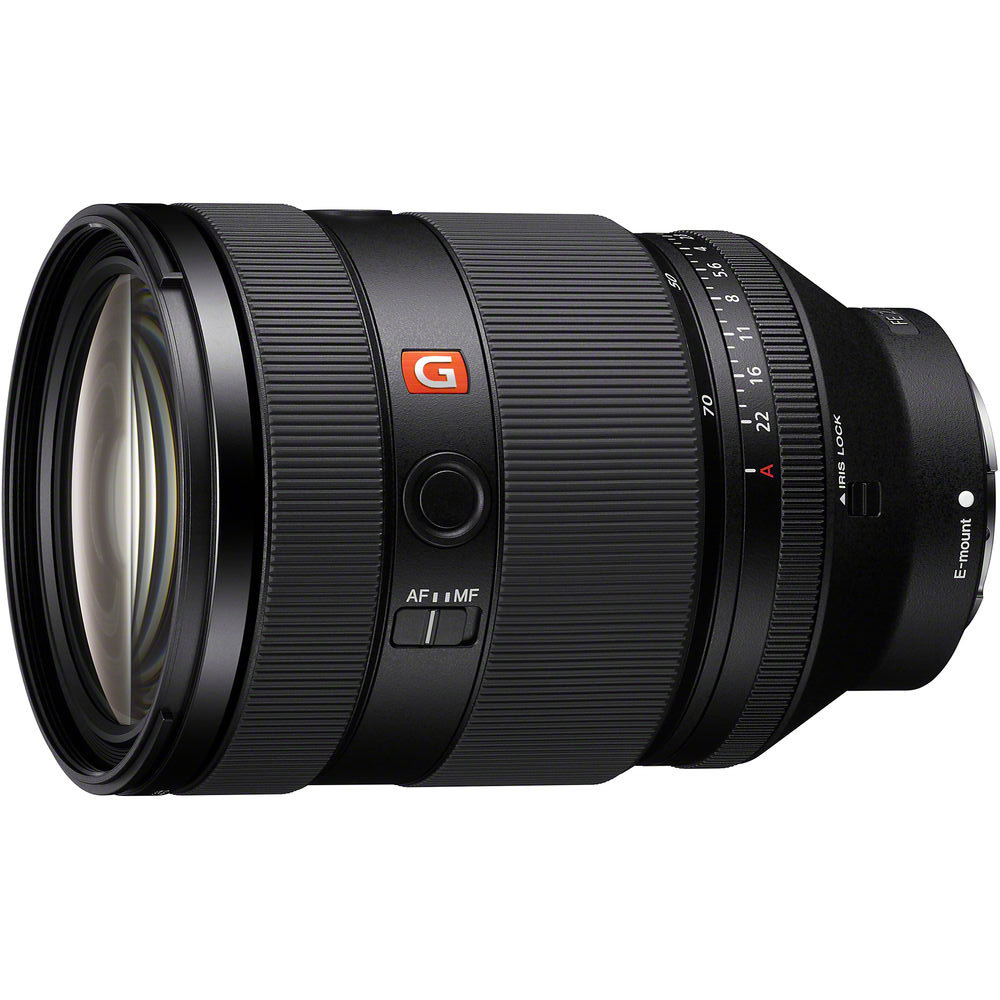
It loses a little at the wide-angle end, but more than makes up for it with a super-bright f/2 aperture for enhanced bokeh.
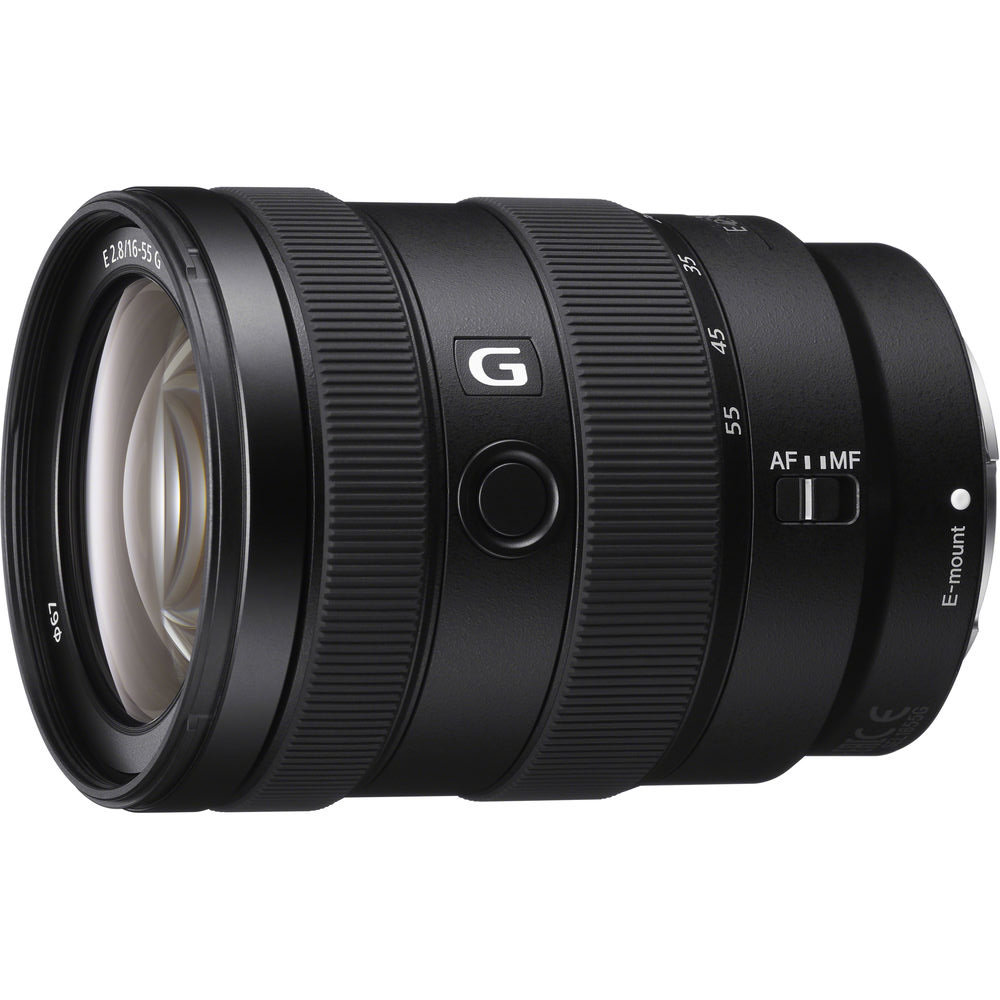
With an 'effective' 24-82.5mm zoom range in full-frame terms, and a constant f/2.8 aperture, it's like a trinity zoom for Sony APS-C cameras.
Load more...

It's at the premium end of the Fujifilm X offering, but boasting one of Fuji's red badges, you can't argue with the quality of this weather-sealed lens.
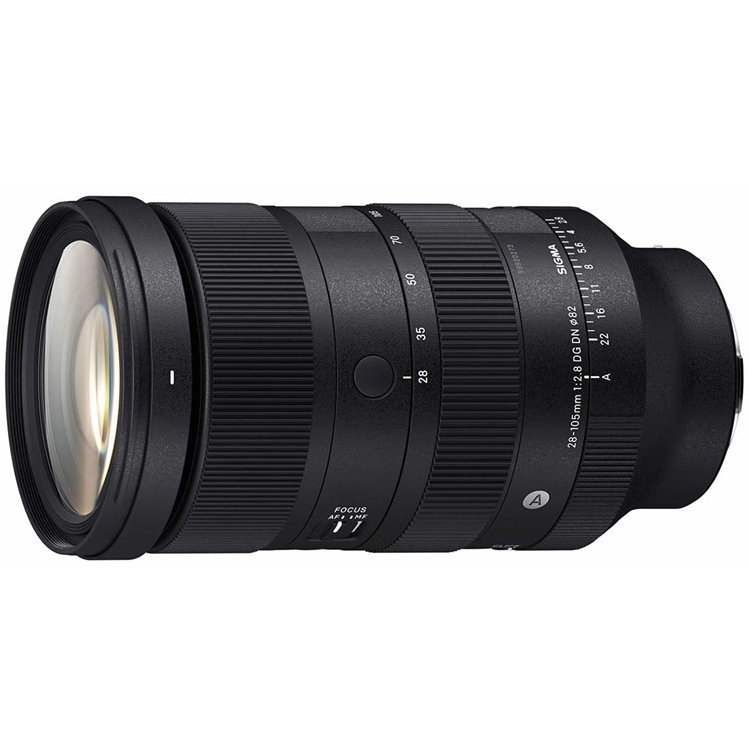
For full-frame L-mount cameras from Panasonic, Leica or Sigma, this lens is an outstanding choice, offering an extra burst of telephoto reach.

Pro by name, pro by nature, this hardy lens delivers sublime performance across its equivalent range of 24-80mm.
The best standard zoom lenses
Why you can trust Digital Camera World
Best Canon RF standard zoom
Specifications
Reasons to buy
Reasons to avoid

A bit bigger and weightier than the EF 24-70mm f/2.8 for Canon DSLR cameras, this RF mount lens for full-frame mirrorless Canons weighs in at 900g, and its 89x126mm dimensions dwarf an EOS R or RP body. It’s not just the build that’s big, as the asking price is far higher than for Canon’s pro-grade zoom for SLRs and almost 2.5x that of the RF 24-105mm.
Build quality is first class and comes complete with a full set of weather seals plus the now usual fluorine coating on the front and rear elements. The optical path includes no less than three molded aspherical elements and three UD elements, plus Air Sphere Coating. Handling is enhanced by a customizable control ring, there’s super-fast Nano USM autofocus and 5-stop image stabilization. As well as the ‘de-click’ option for the control ring, another bonus for serious videographers is that there’s virtually no focus breathing (a small change in focal length when adjusting the focus position). Furthermore, the minimum focus distance is impressively short at the minimum focal length, shrinking to just 0.21m.
Optical performance is superb, with stunning center sharpness throughout the entire zoom range, even when shooting wide open. It easily beats the EF 24-70mm f/2.8 in this respect, as well as giving a noticeable improvement in corner sharpness. Color fringing is reduced at short to medium zoom settings, as is barrel distortion at the short end. All in all, image quality is spectacular.
Read our full Canon RF 24-70mm f/2.8L IS USM review
Features ★★★★★ | Top features include super-fast Nano USM autofocus and 5-stop optical image stabilization. |
Design ★★★★★ | It’s a robust and weather-sealed pro-grade lens with typically exotic RF-type handling. |
Performance ★★★★☆ | Performance is mostly great but sharpness could be better out towards the edges and corners of the frame. |
Value ★★★★☆ | It’s a very expensive standard zoom but pretty good value, all things considered. |
Best Canon RF-S standard zoom
Specifications
Reasons to buy
Reasons to avoid


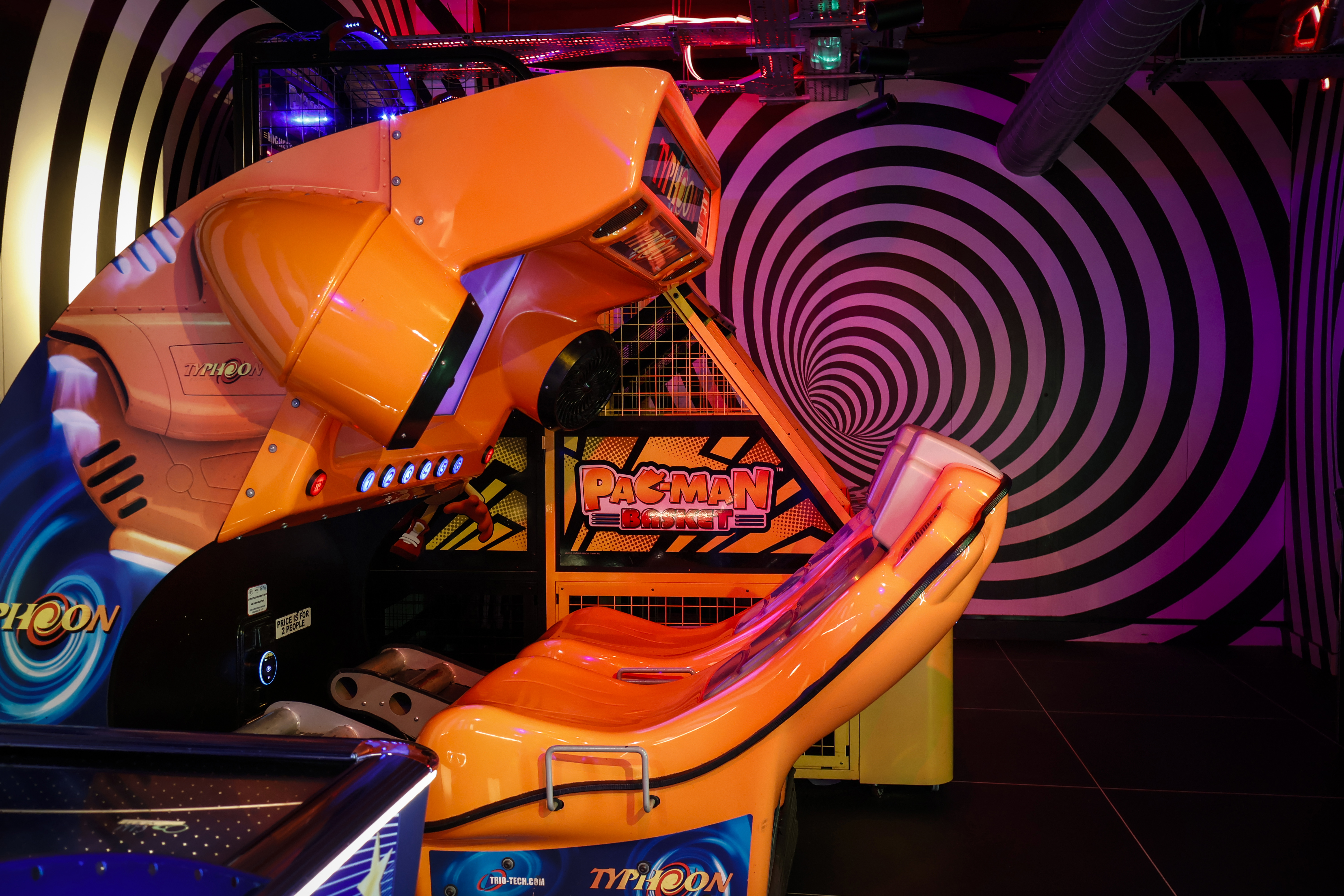
This is the standard kit lens for most of Canon's growing range of EOS R-system APS-C format mirrorless cameras. If you've bought one of these cameras, you probably have this already. But if you've yet to buy and you're still weighing up the options, you probably want to know whether or not this lens is actually worth having. Well, it is!
As a compact companion to slimline cameras, the RF-S 18-45mm is a fantastic option for everyday stills and video shooting. It's obviously not going to give the same performance as L-series or even mid-range glass, but it still delivers solid image quality, along with with fast autofocus and solid stabilization. Best of all, I like that it's really compact and light, thanks to its retractable design.
Read more: Canon RF-S 18-45mm f/4.5-6.3 IS STM review
Features ★★★★☆ | 4-stop optical image stabilization is welcome, especially with such a modest aperture rating at the long end. |
Design ★★★★☆ | It’s quite basic and the mounting plate is plastic, but the retractable design helps to shrink stowage size. |
Performance ★★★★☆ | The stepping motor based autofocus system is quick and assured, and image quality is good for a ‘kit zoom’. |
Value ★★★★☆ | It’s generally sold as a kit lens with camera bodies but is good value for money in its own right. |
Best Nikon Z standard zoom
Specifications
Reasons to buy
Reasons to avoid


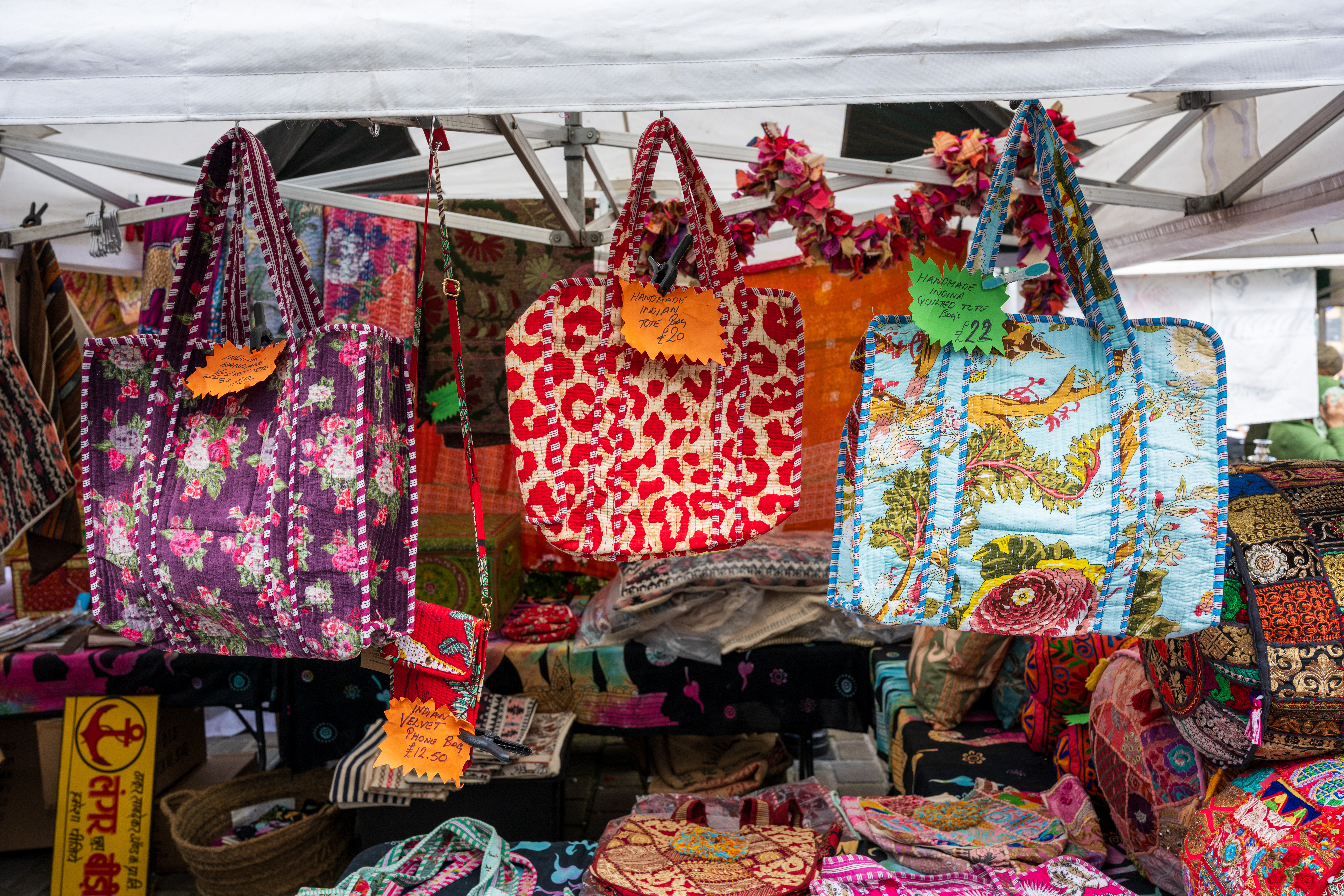
Pretty much everything about this lens is upgraded from the original version, which was already excellent. Headline attractions of the Mark II include a fully internal zoom mechanism, so the physical length of the lens doesn't extend, a more lightweight yet sturdy and robust build, and it's the first Nikon zoom to feature the company’s ‘Silky Swift Voice Coil Motor’ (SSVCM), which drives multiple groups of elements to make autofocus as fast and precise as possible.
Handling is improved with a click/de-click switch for the aperture control ring, boosting suitability for video capture as well as stills. Even the hood is redesigned, now featuring a sliding door for rotating filters fitted to the lens.
Performance is simply epic, with stunning image quality in all respects, backing up that super-fast autofocus system. This is as good as it gets for Z-system full-frame cameras.
Read our full Nikon Z 24-70mm f/2.8 S II review
Features ★★★★★ | Top-end features include super-fast SSVCM autofocus, exotic glass and coatings, dual function buttons and a click/de-click aperture ring. |
Design ★★★★★ | Although physically quite long, the lens has a fully internal zoom mechanism and is surprisingly lightweight, despite being very robust and weather-sealed. |
Performance ★★★★★ | Scintillating sharpness couples with beautifully smooth bokeh. Overall image quality is exceptional and autofocus is both lightning-fast and consistently accurate. |
Value ★★★★☆ | Lenses like this don’t come cheap but, all things considered, it’s very good value for money. |
Best Nikon Z DX standard zoom
Specifications
Reasons to buy
Reasons to avoid


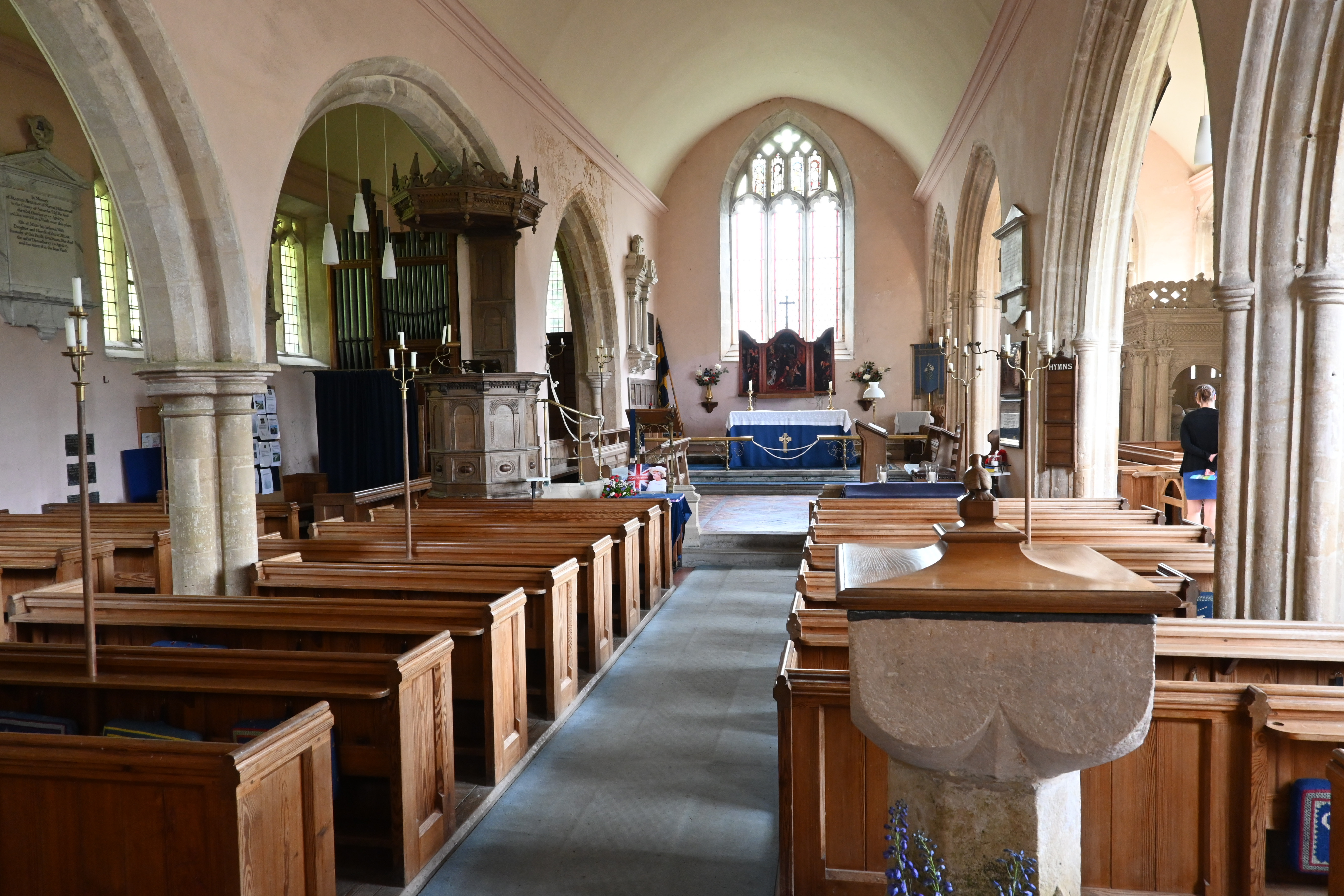
If you've already got a Nikon Z50, the chances are this kit lens came with it. If not, it's well worth getting as a standard zoom, even though you pay more if you buy the camera and lens separately. There is always the longer-range Nikon Z 18-140mm standard zoom to consider too, but this is a much larger lens, and more expensive too.
The Z DX 16-50mm f/3.5-6.3 VR arguably qualifies as a pancake lens: it’s just 32mm long when retracted. It has a plastic mounting plate rather than a metal one, but it still feels solid enough to cope with daily shooting, which its focal length range is ideal for. Its level of detail and contrast remain strong even when you shoot wide-open.
As well as the regular black edition, there’s a silver version of the lens, though this is better suited to the Nikon Z fc’s retro styling.
Read more: Nikon Z DX 16-50mm f/3.5-6.3 VR review
Features ★★★★★ | There’s a lot packed into this lens, including stepping motor-based autofocus and 4.5-stop optical VR. |
Design ★★★★★ | The retractable design enables an unfeasibly compact packing size, similar to that of a pancake lens. |
Performance ★★★★★ | Sharpness and clarity are very good and there’s minimal color fringing, but the lens relies typically heavily on automatic in-camera correction for distortion. |
Value ★★★★★ | It’s great value in its own right, even better if you get it as a kit lens with one of Nikon’s Z DX format cameras. |
Best Sony FE standard zoom
Specifications
Reasons to buy
Reasons to avoid


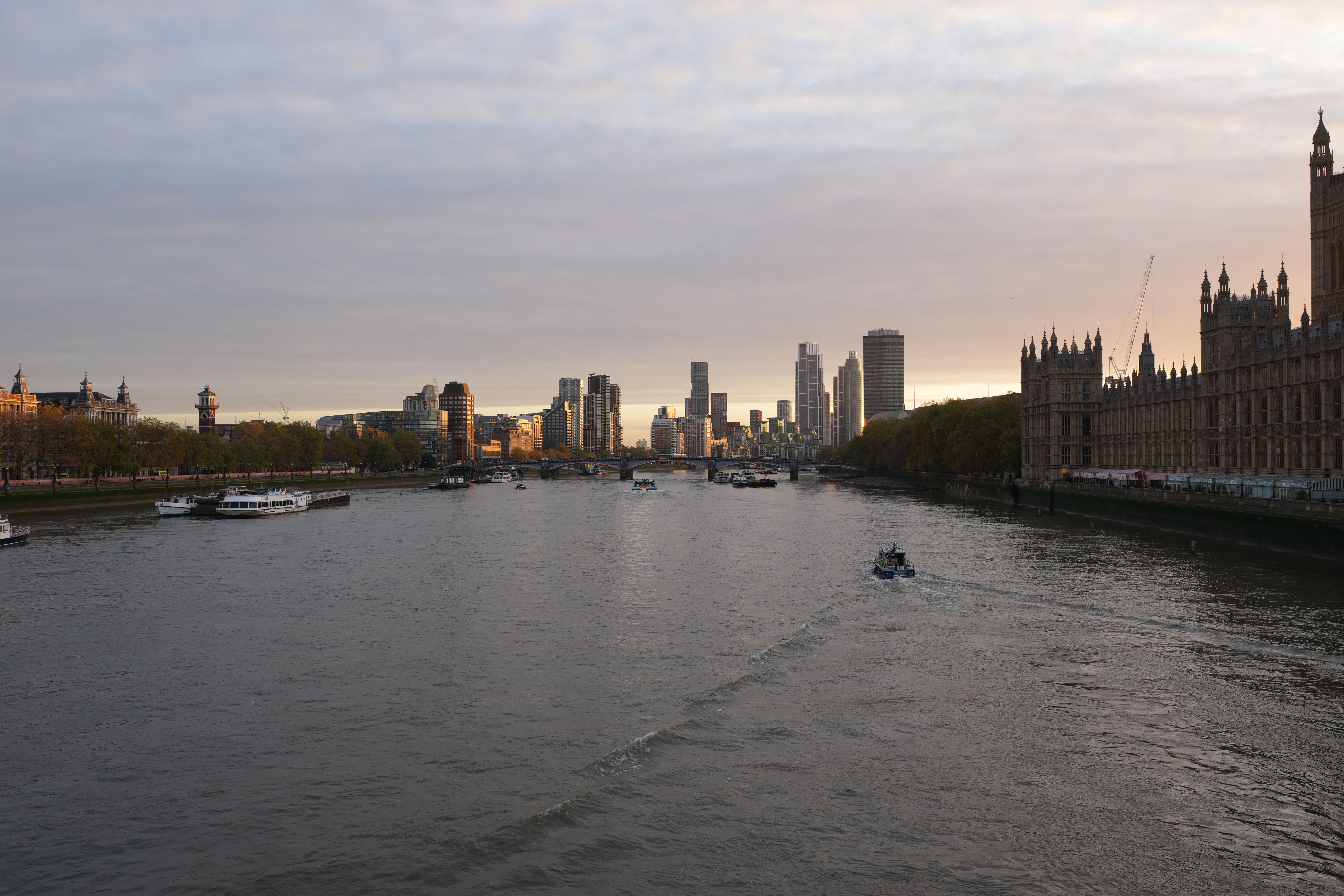
The Sony FE 28-70mm f/2 GM lens goes a whole stop faster than most fast standard zooms, with an f/2 constant aperture, though it does lose out a little at the wide-angle end, with a 28mm rather than the more usual 24mm starting focal length.
It's reasonably lightweight considering the oversized max aperture, tipping the scales at (just) under a kilogram, which makes it suitable for all-day carry. It boasts two customizable focus lock buttons, an aperture/iris ring with a lock switch, a switch to adjust the zoom ring's feel, and an AF/MF switch.
The image quality is exceptional, with superb sharpness and no noticeable vignetting or chromatic aberrations. Autofocus is quick and silent, and it's a versatile lens for all manner of shooting situations. However, the hefty price tag limits this to well-heeled professionals who require the widest aperture in a standard zoom, regardless of size or cost.
Read our full Sony FE 28-70mm f/2 GM review
Features ★★★★★ | The killer feature is the fast and constant f/2 aperture rating, making this lens a whole f/stop faster than most ‘trinity’ zooms. |
Design ★★★★★ | A robust construction plays host to function buttons and an aperture control ring, packed into a surprisingly compact package. |
Performance ★★★★★ | Blazing fast autofocus couples with gorgeous image quality that combines excellent sharpness with smooth bokeh. |
Value ★★★★★ | Considering its fast f/2 aperture rating, this Sony zoom is excellent value for money. |
Best Sony E standard zoom
Specifications
Reasons to buy
Reasons to avoid



If you’re looking for the best standard zoom lens to go with your Sony Alpha APS-C format mirrorless camera, this is it. The E 16-55mm f/2.8 G offers an equivalent focal range of 24-83mm in full-frame camera terms, and the constant f/2.8 maximum aperture is just what professionals have come to expect from premium zooms.
On the downside, this lens is both heavy and expensive. Sony's APS-C mirrorless cameras tend to be very slim, so the combination with this lens will seem somewhat front-heavy. There’s also no in-built image stabilization – although this doesn’t matter particularly on later Sony cameras that feature in-body stabilization. The center sharpness is excellent throughout, although the corner sharpness is only average at the longest zoom setting.
Read more: Sony E 16-55mm f/2.8 G review
Features ★★★★★ | It has a relatively fast and constant f/2.8 aperture, a function button and an AF/MF switch. |
Design ★★★★★ | The solid-feeling and classy construction includes weather-seals. |
Performance ★★★★★ | Performance is excellent in all respects, although wide-angle distortion relies on auto correction. |
Value ★★★★☆ | It’s pricey to buy but the quality and performance make it good value. |
Best Fujifilm X standard zoom
Specifications
Reasons to buy
Reasons to avoid




The Fujifilm XF 16-55mm f/2.8 R LM WR II lens is smaller, lighter, and better performing than its predecessor, particularly in resolving power, to suit Fujifilm's latest 40MP cameras.
The lens boasts a compact build, enhanced image quality, and a click/de-click aperture ring (a first for Fujifilm lenses), providing tactile feedback for precise aperture adjustments when shooting stills, while also offering the option for smooth, silent aperture transitions during video recording. It maintains a constant f/2.8 aperture throughout its 24-84mm equivalent zoom range, enabling consistent exposure and shallow depth of field across the zoom range. The Mark II lens has 11 diaphragm blades, improving upon the original's nine, for smoother and more aesthetically pleasing bokeh. Its optical design includes three ED elements, one Super ED element, and four aspherical elements, effectively minimizing aberrations and maximizing image clarity and sharpness.
However, the absence of optical stabilization could limit handheld shooting in low-light conditions or at longer focal lengths. Lab tests confirm that this lens offers improved sharpness and color fringing control compared to the original, though distortion is more pronounced and heavily reliant on in-camera correction.
Read our full Fujifilm XF 16-55mm f/2.8 R LM WR II review
Features ★★★★☆ | Tempting features include an equivalent 24-84mm zoom range with a constant f/2.8 aperture, but no optical image stabilization. | ★★★★☆ |
Design ★★★★★ | The weather-sealed construction feels very robust and the zoom, focus and aperture rings work with smooth precision. | ★★★★★ |
Performance ★★★★★ | Sharpness and control over color fringing is improved over the original edition of the lens but uncorrected distortion is worse. | ★★★★☆ |
Value ★★★★☆ | It’s pretty pricey for an APS-C format standard zoom but worth the money, taking the build quality, handling and performance into account. | ★★★★☆ |
Best L-mount standard zoom
Specifications
Reasons to buy
Reasons to avoid



A 24-70mm f/2.8 standard zoom is a mainstay of the professional photographer, as evidenced by the many, many examples on this list. However, with this L-mount and Sony FE lens, Sigma is making a bet that you might be willing to consider something different. Namely, losing 4mm of play at the wide end but gaining 35mm at the long end, giving you much more telephoto power. If you often find yourself at the outer edge of your 24-70mm zoom, this has likely caught your attention already.
In testing, I was impressed by this lens. It's big and heavy, as is unavoidable for a full-frame lens of this type, but it handles well with a smooth zooming action. Autofocusing is smooth and reliable, and sharpness/clarity are superb. The 12-blade aperture also does an excellent job producing good-looking bokeh, with the f/2.8 aperture making it easy to throw out the background when desired.
Read our full Sigma 28-105mm F2.8 DG DN | Art review
Features ★★★★☆ | There’s a strong feature set but it lacks optical image stabilization, which can be a problem when using some older camera bodies. | ★★★★ |
Design ★★★★★ | The up-market design includes a click/de-click aperture ring and dual function buttons. | ★★★★★ |
Performance ★★★★★ | Fast and accurate autofocus along with superb image quality make the lens a great performer. | ★★★★★ |
Value ★★★★☆ | It’s a fairly expensive lens to buy but good value considering its excellent versatility. | ★★★★ |
Best Micro Four Thirds standard zoom
Specifications
Reasons to buy
Reasons to avoid

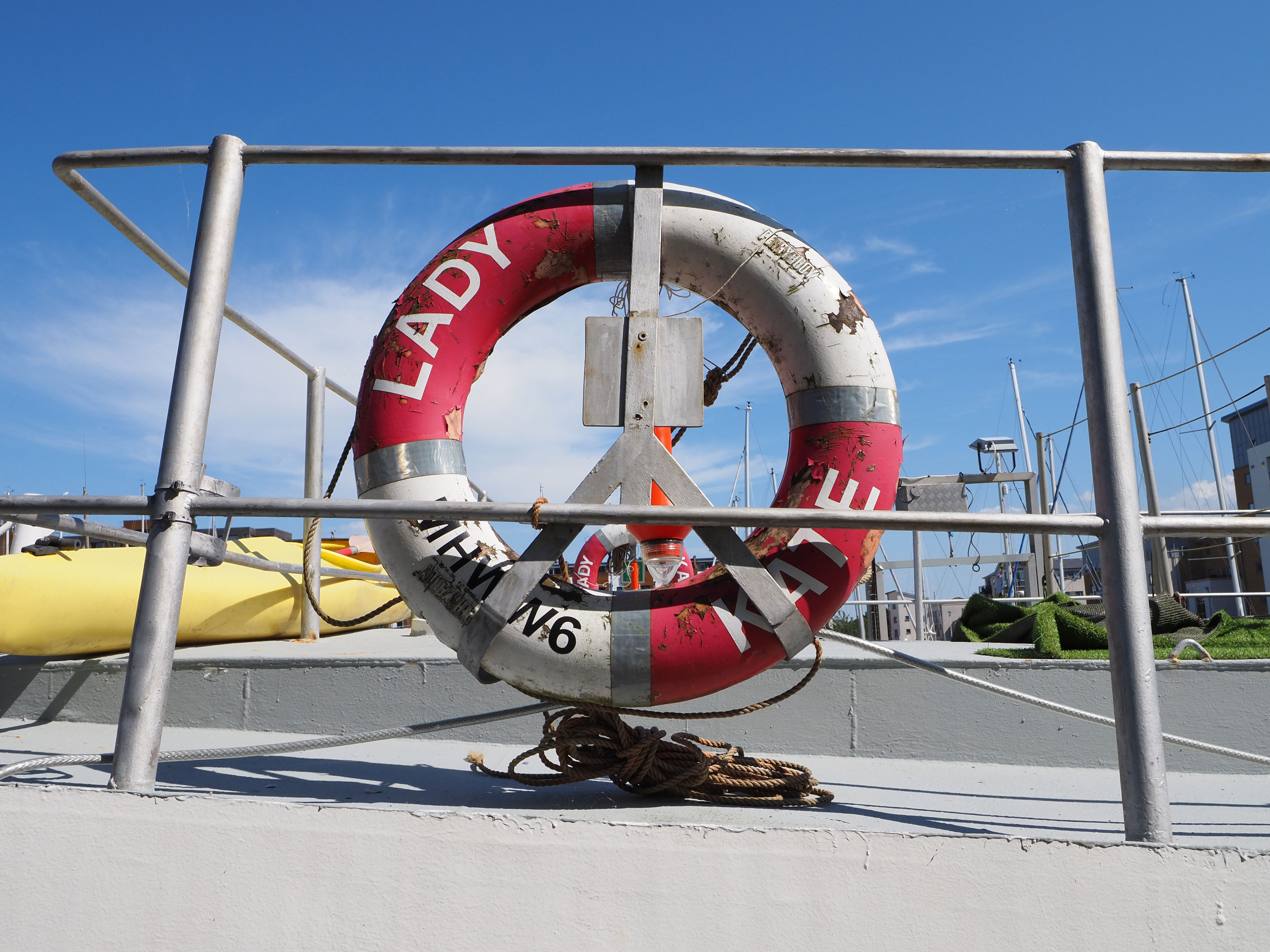

Coming in at three times the price of Olympus's 14-42mm f/3.5-5.6 EZ Pancake lens and four times the weight, this is very much the pro-grade big brother for Micro Four Thirds cameras. Indeed, the constant f/2.8 aperture rating makes this lens two f-stops faster than the Olympus pancake zoom at the long end of the zoom range. The weather-sealed build quality is excellent, while handling luxuries include a physical focus distance scale and a neat customizable Lens-Function button.
Optical highlights include two aspherical, one dual surface aspherical, one ED aspherical , two ED and two HR elements, along with Olympus's Zero coating. Sharpness and contrast proved excellent in our real-world testing – this lens delivers pictorially gorgeous results.
Read our full Olympus M.Zuiko Digital ED 12-40mm f/2.8 Pro review
Features ★★★★★ | Along with a fast and constant f/2.8 aperture rating, the top-ranking feature is the advanced optical path with many specialized elements. | ★★★★ |
Design ★★★★★ | The design is pro-grade, with a really robust and weather-sealed construction and great handling characteristics. | ★★★★★ |
Performance ★★★★★ | Autofocus is fast and assured, throughout the entire 24-80mm ‘effective’ zoom range, and image quality is sublime. | ★★★★★ |
Value ★★★★☆ | The quality and performance make this lens very good value for money, although it’s pricey for a crop-sensor optic. | ★★★★ |
Lab data and comparisons
The graphs below show the comparative performance of the lenses in this guide, based on our in-house lab tests. The distortion figures flatter some of the lenses, as the scores are averaged out across the entire zoom range.
Scores for sharpness and color fringing are averaged from data taken across the entire image frame, from the center to the edges and corners, throughout the aperture range. For zoom lenses, the scores are also averaged from data measured at all marked focal lengths, and the same applies to distortion. Bear in mind that these average values don't fully reflect specific areas of performance. For example, a zoom lens might have noticeable barrel and pincushion distortion at its shortest and longest focal lengths respectively, which tends to average out when looking at the data overall. For more detailed graphs of each lens's performance, which give the full picture, check out the graphs in our full standalone lens reviews.
How to choose a standard zoom lens
Designed for day-to-day shooting, a good standard lens will cover a focal range that provides a relatively natural perspective, neither too wide nor too long. They're often bundled in with cameras as a starter lens – though there are much better standard zooms out there than these ones.
The kit zooms that come with most mirrorless cameras and DSLRs , while decent enough, tend to be made with a focus on affordability. This often means a plastic mounting plate, a lack of advanced features like weather seals, and fairly slow maximum aperture ratings.
Upgrading to a better class of standard zoom lens means you get more robust build quality, and better overall performance thanks to superior internal optics. While this does generally mean carting around a bigger lens without a retractable design, and paying more for the privilege, the results are worth it in terms of sheer image quality.
If you're using a camera with a sensor smaller than full-frame (i.e. APS-C or Four Thirds) then it's important to remember the crop factor, which extends the effective focal length of your lens. The crop factor of APS-C is 1.5x (or 1.6x in the case of Canon), while the Micro Four Thirds crop factor is 2x. So, a 16-80mm lens mounted to an APS-C camera will deliver an effective focal length of 24-120mm, and on a Micro Four Thirds camera, 32-160mm. While this makes it more difficult to achieve a wide-angle perspective, it does mean you can get a telephoto-like perspective from a lens that's much lighter and cheaper than its full-frame equivalent would be.
How we test lenses
We test lenses using both real world sample images and lab tests. Our lab tests are carried out scientifically in controlled conditions using the Imatest testing suite, which consists of custom charts and analysis software that measures resolution in line widths/picture height, a measurement widely used in lens and camera testing. We find the combination of lab and real-word testing works best, as each reveals different qualities and characteristics. See more on how we test and review at Digital Camera World.
The best camera deals, reviews, product advice, and unmissable photography news, direct to your inbox!
Matthew Richards is a photographer and journalist who has spent years using and reviewing all manner of photo gear. He is Digital Camera World's principal lens reviewer – and has tested more primes and zooms than most people have had hot dinners!
His expertise with equipment doesn’t end there, though. He is also an encyclopedia when it comes to all manner of cameras, camera holsters and bags, flashguns, tripods and heads, printers, papers and inks, and just about anything imaging-related.
In an earlier life he was a broadcast engineer at the BBC, as well as a former editor of PC Guide.
